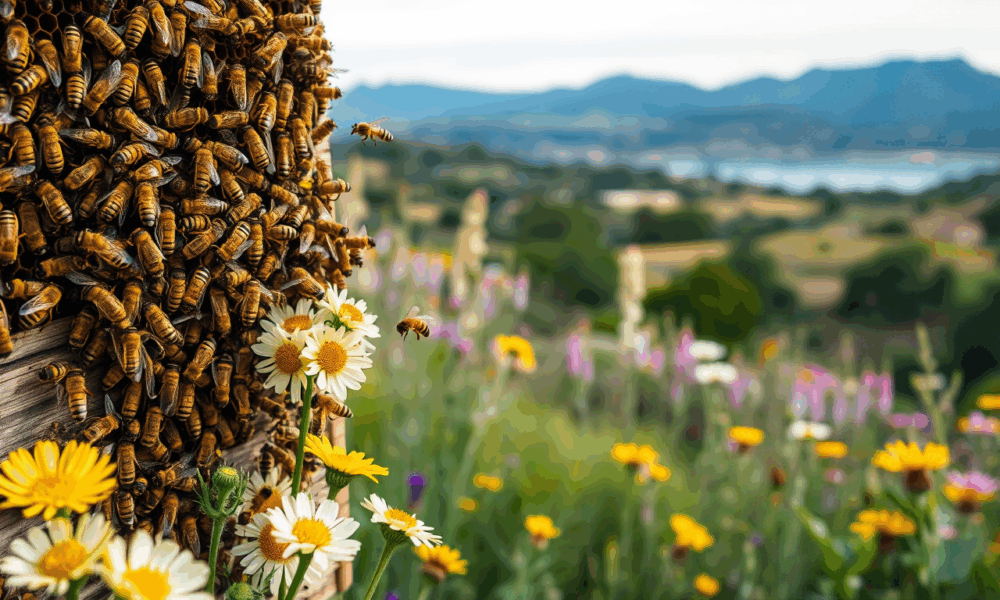


Feral honey bees, once celebrated for their agricultural value, are now threatening native ecosystems in Southern California by monopolizing pollen sources and overwhelming native pollinators. A...
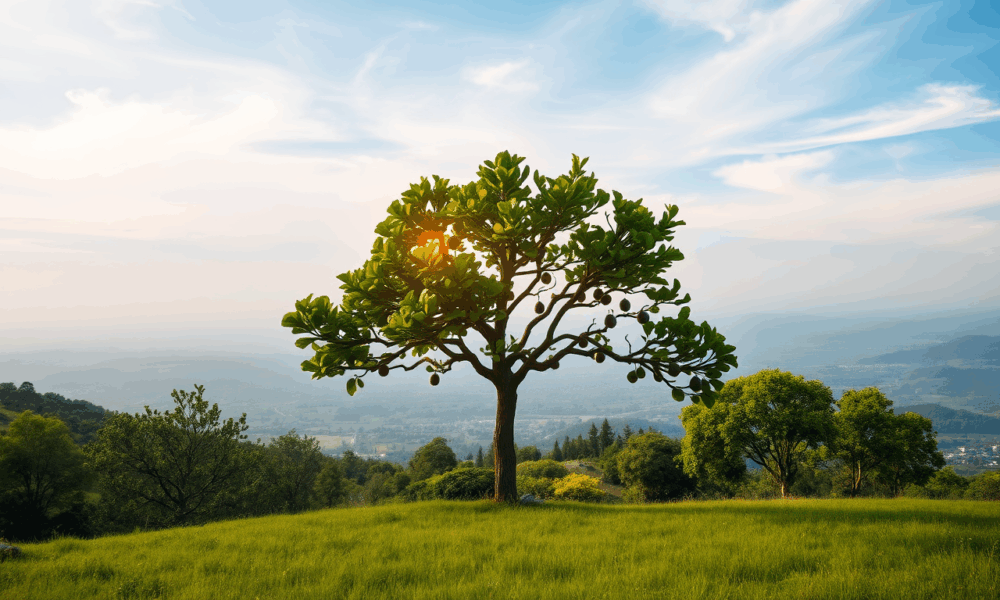
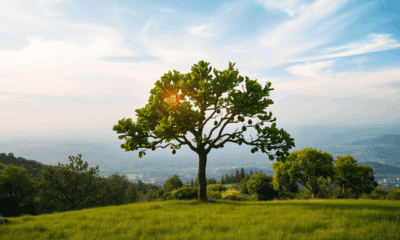

Kenyan fig trees can literally turn parts of themselves to stone, using microbes to convert internal crystals into limestone-like deposits that lock away carbon, sweeten surrounding...



Parts of New Orleans are sinking at alarming rates — including some of the very floodwalls built to protect it. A new satellite-based study finds that...

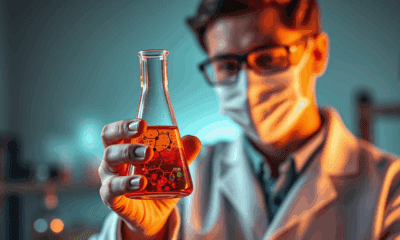

Researchers at Colorado State University have developed a new photoredox catalysis system that uses visible light mimicking photosynthesis to drive energy-intensive chemical reactions at room temperature....
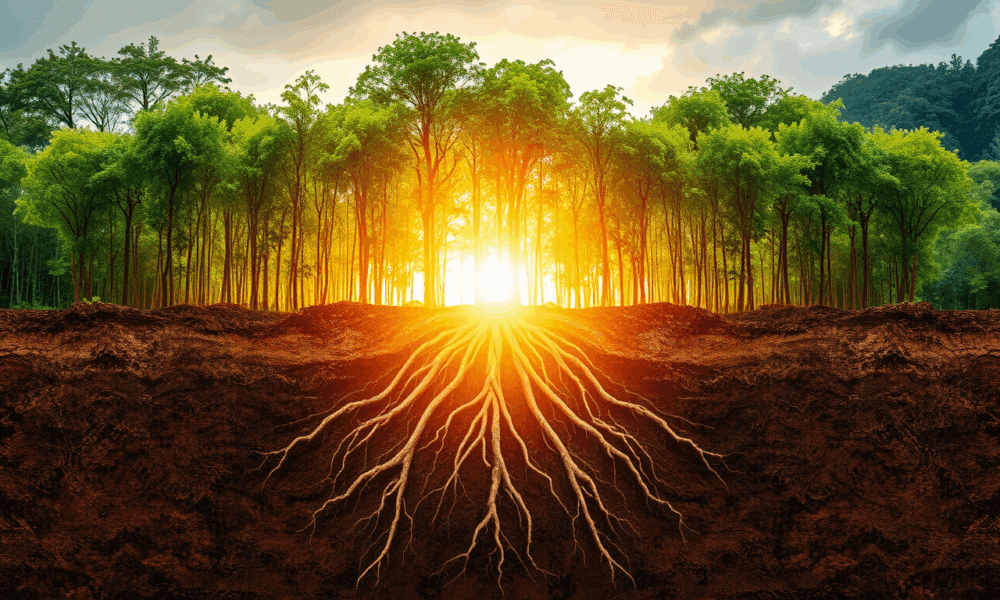


Beneath the forest floor lies an overlooked secret: many plants grow a second set of roots far deeper than expected sometimes over three feet down tapping...



AI researchers in Switzerland have found a way to dramatically cut cement s carbon footprint by redesigning its recipe. Their system simulates thousands of ingredient combinations,...
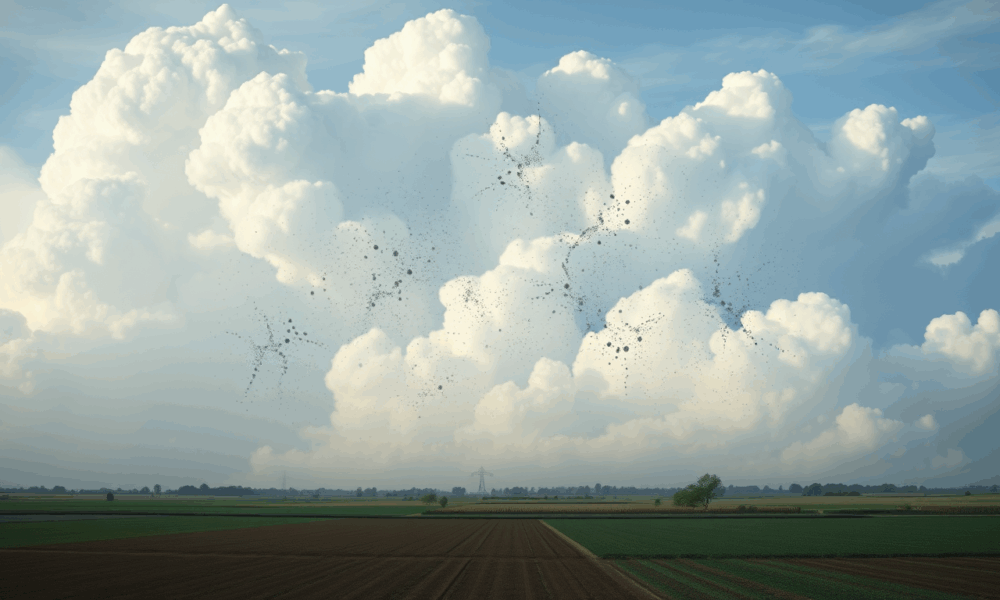
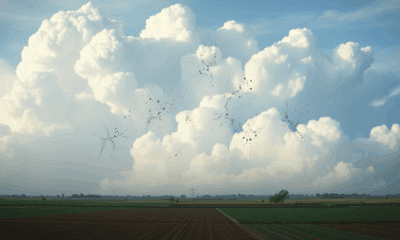

In a surprising twist during an air quality study in Oklahoma, researchers detected MCCPs an industrial pollutant never before measured in the Western Hemisphere's atmosphere. The...
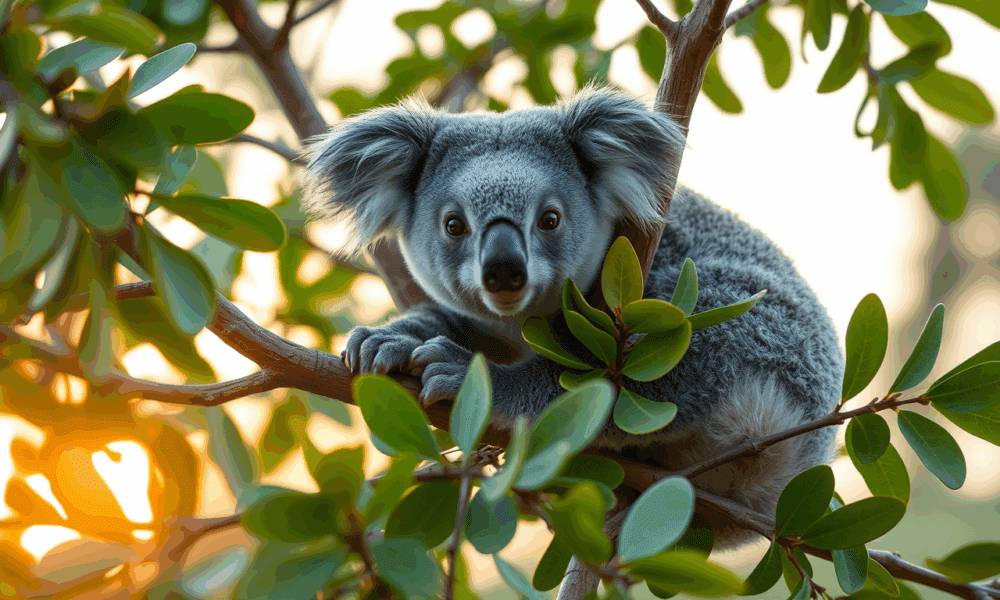


A University of Queensland-led project has developed a tool to standardise genetic testing of koala populations, providing a significant boost to conservation and recovery efforts.



Mercury contamination is surfacing as a serious concern in parts of Georgia and South Carolina, particularly in regions like the Okefenokee Swamp. University of Georgia researchers...



In a world where over a billion smartphones are produced yearly, a team of researchers is flipping the script on electronic waste. Instead of tossing out...